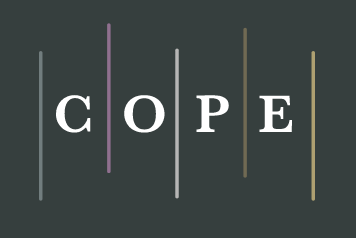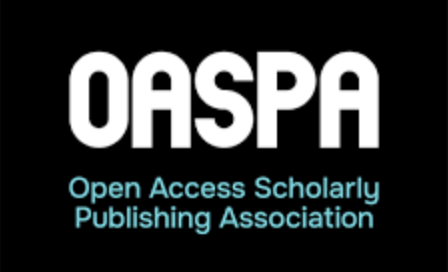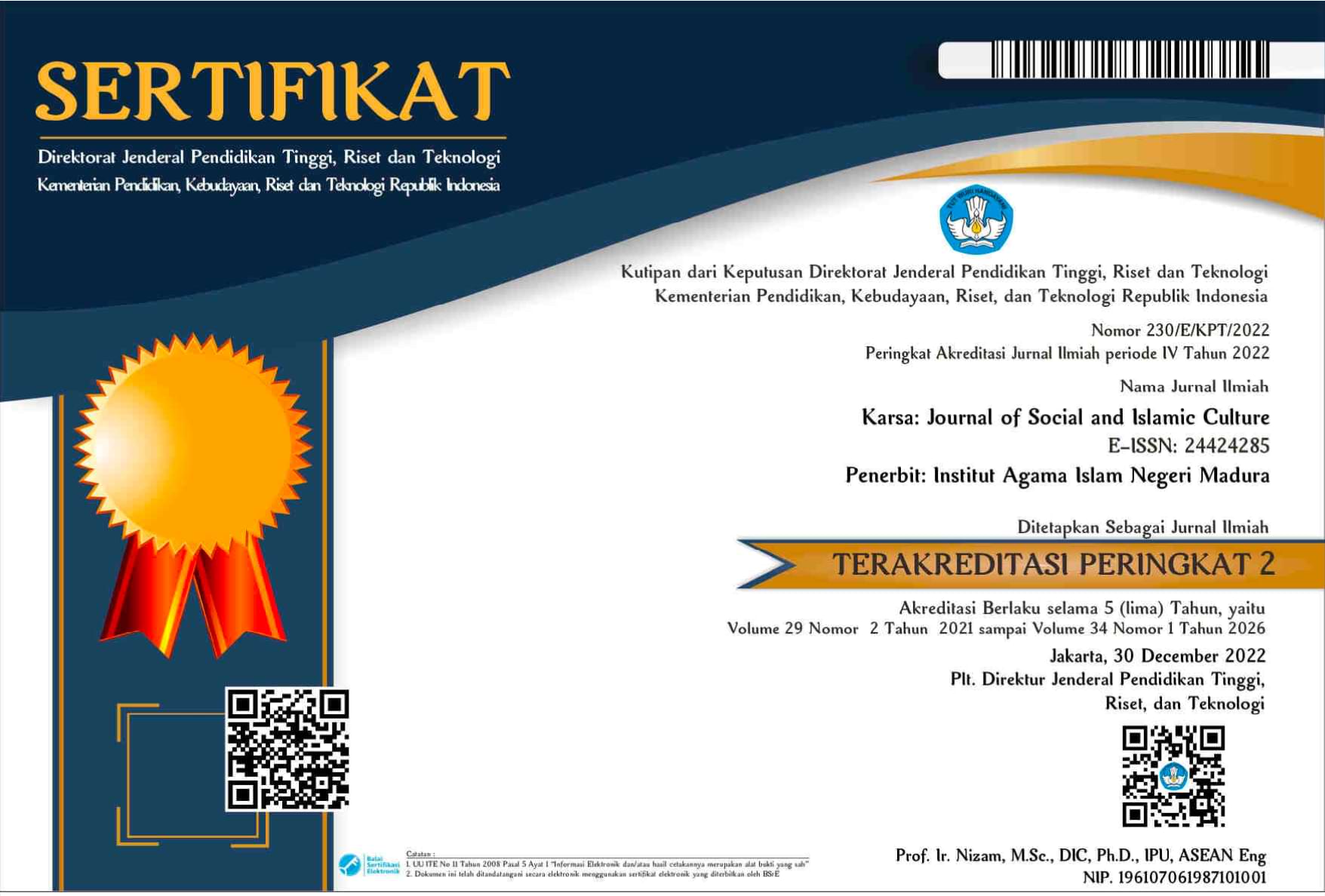TRADISI KOMUNIKASI DI PESANTREN
 Abstract views: 607
,
Abstract views: 607
,
 PDF downloads: 319
PDF downloads: 319
 TRADISI KOMUNIKASI DI PESANTREN downloads: 0
TRADISI KOMUNIKASI DI PESANTREN downloads: 0
Abstract
This research describes the communication process among members of Islamic Boarding School such as kiai, ustadz, and santri. Islamic Boarding School is a kind of spesific subculture with a different set of values compared to dominant culture in the community. Those values form a homogeneous behavior and attitude among the members of the Islamic Boarding School. These results indicate that the tradition of communication in Islamic Boarding School are represented through the communication process between kiai, ustadz, and santri which happened in such tradition as ‘sowan’, communication model ‘klasikal’, communication model ‘bandongan’, communication model ‘wetonan’, commu-nication model ‘sorogan’, communication model ‘musyâwarah’, and com-munication using symbols like “bell ring sound” and calls. Values acculturation and culture “santri” could emerge as a result of the ‘intra-cultural’ com-munication process in Islamic Boarding School. Because of that homogeneous subcultures, the communication process in the Islamic Boarding School empha-sizes on the process of ‘intra-cultural’ communication.
Copyright (c) 2015 by KARSA. All right reserved
Downloads
References
Akhmad, Zaini, et.al. Standarisasi Penga-jaran Agama di Pondok Pesantren. Jakarta: Proyek Pembinaan dan Bantuan Kepada Pondok Pesan-tren, 1980.
Bruinessen, Martin Van. Kitab Kuning, Pesantren, dan Tarekat: Tradisi-Tradisi Islam di Indonesia. Bandung: Penerbit Mizan, 1999.
Chirzin, M. Habib. “Agama dan Ilmu dalam Pesantren”, dalam Pesantren dan Pembaharuan. Ed. Dawam Rahardjo. Jakarta: LP3ES, 1988.
Devito, Joseph. Human Communication: The Basic Course. New York: Harper Collins Publisher Inc., 1991.
Dhofier, Zamakhsyari. Tradisi Pesantren: Studi tentang Pandangan Hidup Kiai. Jakarta: LP3ES, 1982.
Effendy, Onong Uchjana. Kamus Komunikasi. Bandung: Mandar Maju, 1989.
-----. Ilmu Komunikasi: Teori dan Praktek. Bandung: Remaja Rosyda Karya, 1999.
-----. Ilmu, Teori dan Filsafat Komunikasi. Bandung: Remaja Rosyda Karya, 2000.
Goldberg, Alvin A. dan Carl E. Larson. Komunikasi Kelompok: Proses-Proses Diskusi dan Penerapannya. Terj. Koesdarini S. dan Gary R. Yusuf. Jakarta: UI-Press, 1985.
Khairani, Eni. Komunikasi Antara Pekerja Rumah Tangga dengan Majikan di Kota Bengkulu. Tesis. Program Pascasarjana Universitas Padja-djaran. Bandung, 2002.
Kincaid, D. Lawrence dan Wilbur Schramm. Asas-Asas Komunikasi Antar Manusia. Terj. Agus Setiadi. Jakarta: Kerjasama antara LP3ES dengan East-West Communication Institute, Hawaii, 1987.
Liliweri, Alo. Gatra-Gatra Komunikasi Antarbudaya. Yogyakarta: Pustaka Pelajar, 2001.
Moekijat. Teori Komunikasi. Bandung: Mandar Maju, 1993.
Mulyana, Deddy. Nuansa-Nuansa Komunikasi. Bandung: Remaja Rosyda Karya, 1999.
-----. Komunikasi Antarbudaya. Bandung: Remaja Rosyda Karya, 2000.
Nasution, S. Metode Penelitian Naturalistik Kualitatif. Bandung: Tarsito, 1992.
Pace, R. Wayne dan Don F. Faules. Komunikasi Organisasi. Ed. Deddy Mulyana. Bandung: Remaja Rosyda Karya, 2000.
Rakhmat, Jalaluddin. Psikologi Komunikasi. Bandung: Remaja Rosyda Karya, 2000.
The journal operates an Open Access policy under a Creative Commons Non-Commercial Share-Alike license. Authors who publish with this journal agree to the following terms:
- Authors retain copyright and grant the journal right of first publication with the work simultaneously licensed under a Creative Commons Attribution License that allows others to share the work with an acknowledgement of the work's authorship and initial publication in this journal.
- Authors are able to enter into separate, additional contractual arrangements for the non-exclusive distribution of the journal's published version of the work (e.g., post it to an institutional repository or publish it in a book), with an acknowledgement of its initial publication in this journal.
- Authors are permitted and encouraged to post their work online (e.g., in institutional repositories or on their website) prior to and during the submission process, as it can lead to productive exchanges, as well as earlier and greater citation of published work.



















